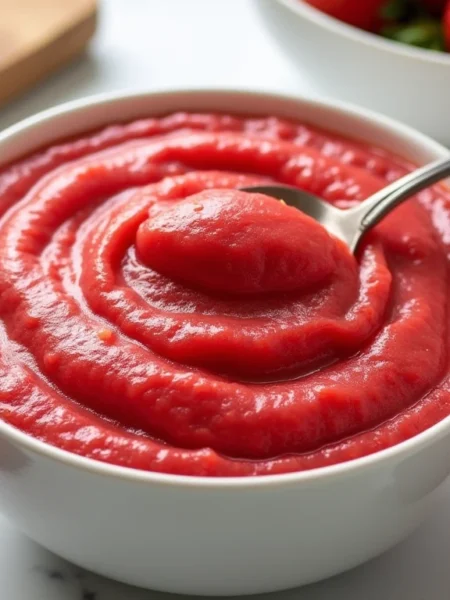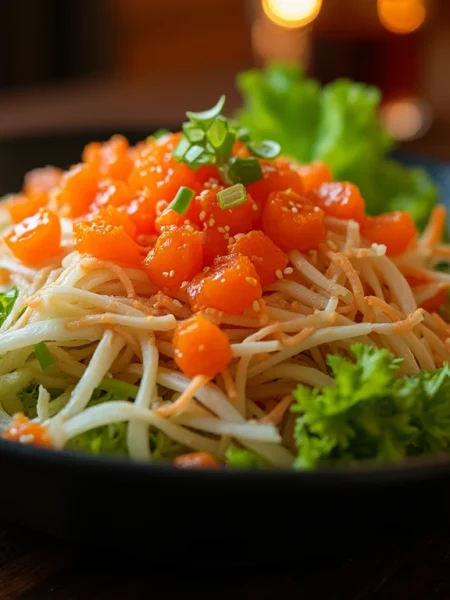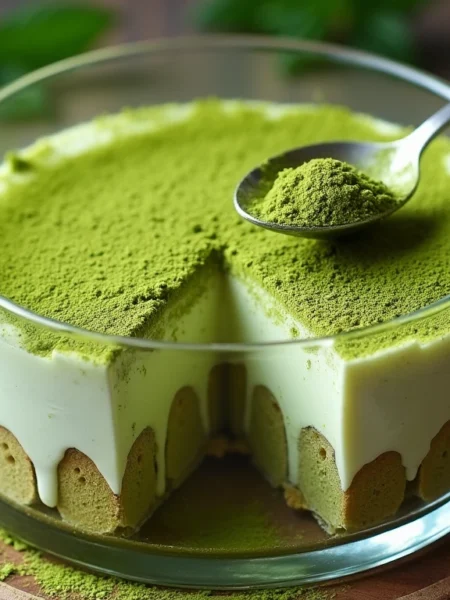
marjoram substitute: A Comprehensive Guide to Replacing Marjoram in Your Recipes
Description
marjoram substitute
Marjoram is a delightful herb that adds a subtle, sweet, and slightly citrusy flavor to many dishes. Its gentle, floral notes can elevate the taste of soups, stews, sauces, and meats. However, if you're in the middle of a recipe and realize you're out of marjoram, don’t panic! There are several great substitutes that can replicate its flavor profile closely. Understanding these alternatives and how to use them effectively can help you achieve the right balance in your dish without missing a beat.
What Is Marjoram?
Before we dive into the substitutes, it’s important to understand what marjoram is and how it behaves in cooking. Marjoram is an herb from the mint family, closely related to oregano. It's often confused with oregano due to their similarities in appearance and taste, but marjoram has a more delicate and sweeter flavor. It’s commonly used in Mediterranean and Middle Eastern cuisines, adding depth to dishes without overpowering the other ingredients.
When Do You Need a marjoram substitute?
You might need a marjoram substitute when:
- You’ve run out of marjoram and can’t make it to the store.
- You’re preparing a dish for someone with a marjoram allergy.
- You want to try a different flavor profile while keeping a similar herbal tone.
Now, let’s explore the best substitutes for marjoram.
1. Oregano: The Closest Match
Flavor Profile: Oregano is marjoram’s closest relative and the best substitute when you're in a pinch. It has a more robust and slightly bitter flavor, but it can still mimic marjoram’s earthy and aromatic qualities.
How to Use It: Use about half the amount of oregano as you would marjoram, as its flavor is stronger. If the recipe specifies 1 teaspoon of marjoram, substitute with ½ teaspoon of oregano to prevent overwhelming the flavor of your dish.
Best Used In: Mediterranean dishes, Italian sauces, pizza, and roasted vegetables.
2. Thyme: A Milder Option
Flavor Profile: Thyme is another herb from the mint family that works well as a substitute for marjoram. Its flavor is mild and slightly earthy, with a subtle sweetness similar to marjoram but less pronounced.
How to Use It: Substitute thyme in equal amounts to marjoram, as their intensities are similar. If a recipe calls for 1 teaspoon of marjoram, use 1 teaspoon of thyme.
Best Used In: Soups, stews, marinades for chicken or pork, and vegetable dishes.
3. Basil: Sweet and Floral
Flavor Profile: Basil offers a sweet, slightly peppery, and aromatic flavor, making it a good substitute for marjoram in certain dishes. While basil has a more distinct and powerful flavor, it shares the sweetness that marjoram brings to a recipe.
How to Use It: Use basil in equal amounts as marjoram. However, fresh basil can be more intense than dried marjoram, so adjust to taste.
Best Used In: Italian dishes, pasta sauces, salads, and light soups.
4. Sage: A Bolder Alternative
Flavor Profile: Sage has a much stronger and more distinct flavor than marjoram, but it can work as a substitute in savory dishes. It’s earthy, slightly peppery, and has a pine-like aroma. Sage is more pungent than marjoram, so it should be used sparingly.
How to Use It: Use half the amount of sage compared to marjoram. If a recipe calls for 1 teaspoon of marjoram, use ½ teaspoon of sage.
Best Used In: Stuffing, roasted meats, and hearty stews.
5. Summer Savory: A Balanced Choice
Flavor Profile: Summer savory is less common but an excellent substitute for marjoram. It has a flavor that sits between thyme and oregano — earthy, peppery, and slightly sweet.
How to Use It: Use in equal amounts as marjoram, or slightly less if you find it too strong.
Best Used In: Meat dishes, bean soups, and vegetable sautés.
6. Herbes de Provence: A Complex Mixture
Flavor Profile: Herbes de Provence is a blend of herbs typically including thyme, rosemary, oregano, and sometimes lavender. It brings complexity and can mimic marjoram’s floral and sweet notes.
How to Use It: Since Herbes de Provence contains a mix of herbs, use about half the amount called for marjoram in the recipe, as the mixture can be more intense.
Best Used In: Roasted meats, vegetables, and Mediterranean dishes.
7. Tarragon: Sweet and Anise-Like
Flavor Profile: Tarragon has a licorice-like flavor with a sweet undertone. While it’s not as similar to marjoram as oregano or thyme, it can be a good substitute in recipes where you want a hint of sweetness and complexity.
How to Use It: Use in equal parts to marjoram, but be cautious of its stronger anise flavor.
Best Used In: Creamy sauces, chicken dishes, and egg-based dishes.
8. Dill: Light and Fresh
Flavor Profile: Dill has a bright, fresh, and slightly tangy flavor. It doesn’t taste much like marjoram, but in lighter dishes like salads or seafood, dill can be a good alternative if you want a herb that complements the other ingredients.
How to Use It: Use in equal amounts as marjoram, but adjust based on taste as dill can be more prominent in certain dishes.
Best Used In: Salads, seafood, and light soups.
9. Rosemary: Strong and Woody
Flavor Profile: Rosemary has a strong, pine-like flavor that is much more robust than marjoram, but in dishes that can handle a bold herb, rosemary works well as a substitute.
How to Use It: Use half the amount of rosemary as you would marjoram. If a recipe calls for 1 teaspoon of marjoram, use ½ teaspoon of rosemary.
Best Used In: Roasted meats, potatoes, and hearty stews.
Dried vs. Fresh Substitutes
If you're working with dried herbs instead of fresh marjoram, keep in mind that dried herbs are more concentrated. Use 1/3 of the amount of dried herbs compared to fresh herbs. For instance, if a recipe requires 1 tablespoon of fresh marjoram, you can substitute it with 1 teaspoon of dried herbs.
Blending Herbs for a Custom Substitute
Sometimes, blending a few herbs together can get you closer to the marjoram flavor you're missing. Try mixing:
- ½ teaspoon of thyme + ¼ teaspoon of oregano for a balance of sweet and earthy.
- ½ teaspoon of basil + ¼ teaspoon of sage for a sweet and bold combination.
Experiment with these blends to achieve a taste that's closest to marjoram's unique profile.
Conclusion
While marjoram offers a distinct flavor that can be hard to replicate exactly, these substitutes can help you keep your dish on track. Whether you're cooking Italian, Mediterranean, or Middle Eastern cuisine, herbs like oregano, thyme, and basil can step in as excellent alternatives. Adjust the amounts and taste as you go, ensuring that the substitute complements the other flavors in your recipe. Happy cooking!
Available at Amazon :View on Amazon
Related


Note
Handpicked Recipes








(marjoram substitute marjoram substitute marjoram substitute marjoram substitute marjoram substitute)






You may also like...
Experience the Best of Asian Cuisine at an Authentic Asian Buffet
What is Calabaza Squash, and How Can You Cook with It?
The Best spatula whale of 2024, Tested and Reviewed